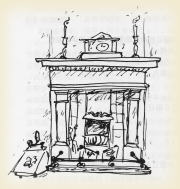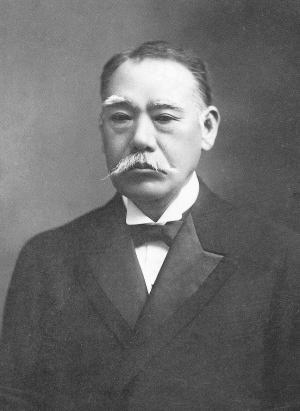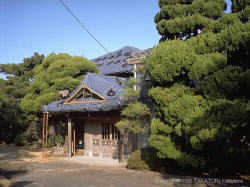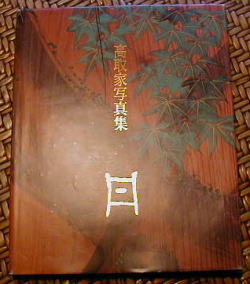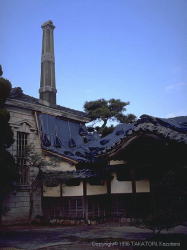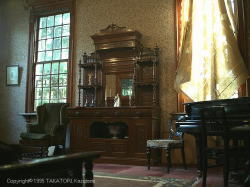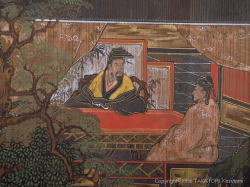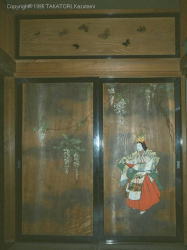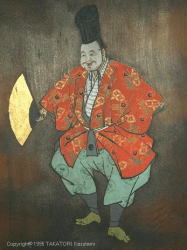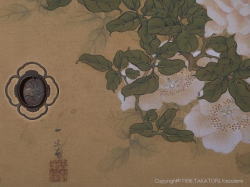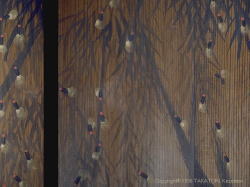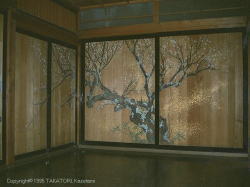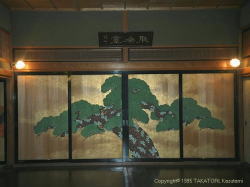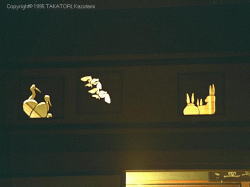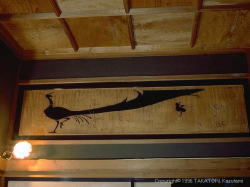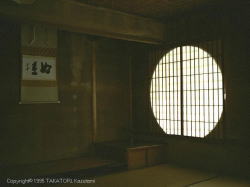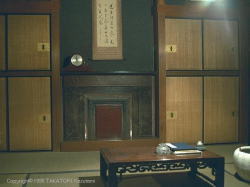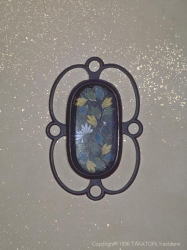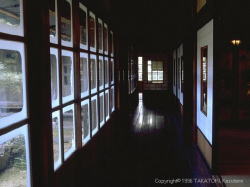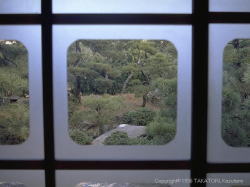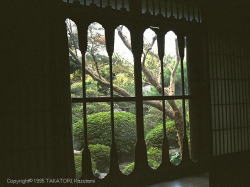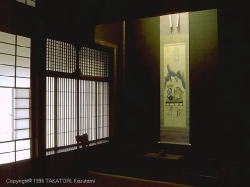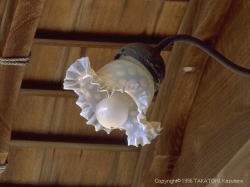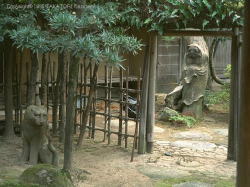|
||||||||||||||||||||||||||||||||||||||||||||||
Takatori House ――A legacy―― (National important cultural asset) |
||||||||||||||||||||||||||||||||||||||||||||||
| Takatori House, a National Important Cultural Asset, has been long under
repair. On this April 1st, it is opened to public eyes. I have been involved in the plan of restoration, as a member of committee. I am very glad, and also proud. The House is a treasure for not only the people of Karatsu, but also everybody in Japan. I will introduce you the history of this house, and will let you see the beauty of this house. I hope when you visit Japan, you can come to Karatsu to see this house. |
||||||||||||||||||||||||||||||||||||||||||||||
| History This house was a house owned by Koreyoshi (Iko) Takatori. It was built in 1904. It is a big house of 28 rooms. The property is 7600 square meters large, and the house is two stories wooden house. Iko Takatori was a coal mining company proprietor, and his mines were here and there in this Saga Prefecture. Iko was
At his late days, Iko selected Karatsu to build his private house, because Karatsu was the port from which he shipped his coal. This house had the private part where his family lived, and also a part of guest house. In this guest house, Iko made a tea ceremony room, Noh stage, and big banquet rooms to entertain guests like politicians, Navy Officers, merchants, and also the citizen of Karatsu. Tea ceremonies, Noh plays, and other cultural gatherings were held here. This was a kind of culture center of Karatsu. Iko's son Kuro succeeded to this house, and during the Pacific War, Kuro invited soldiers' families to comfort them while their beloved one was away to the war. After the war, Kuro made students live here. They were the miners' children who wanted to go to highschool away from their homes. After Kuro's death, his widow Noriko and two daughters, Eriko and Hideko, reserved this too big house. In Japan, in the 1960's, coal mining enterprises came to an end one after another. Petroleum took its place, and Takatori's mine was closed too. Now that there was no need to welcome the business guests to this house, it seemed like that this house had finished its role and became of no use anymore. To maintain a Japanese house, not of stone nor concrete, but of woods and earth and paper, is a very hard task. This district is a path of typhoons every summer. For more than 30 years. the Takatoris spent huge amount of money to reserve this building.
A photographer, Mr. Masakatsu Mitoma, was introduced to Mrs. Takatori, and Mitoma visited this house. Mitoma's eye of beauty made him work very hard to fix things again to their original situation. The photo album was completed in 1993.
It happened that at this same moment the government took notice that the houses of Meiji, Taisho, and the early Showa eras were vanishing rapidly all over Japan. To maintain the culture of Japanese house making, it was necessary to reserve some houses as cultural assets. Waves were coming to Takatori House. Scholars, architects, media came to see the house. More than any other previous times, Mrs. Takatori and Miss Takatori (second daughter Hideko) became busy. In 1998, Takatori House was designated as a National Important Cultural Asset. The Takatoris donated this house to Karatsu City and left here. New stage was open to this beautiful house. Government and the City began to repair this house into the original figure of when it was first built. And at last, the work was finished, and the house was opened to public eyes this April. As a treasure of Karatsu citizen, this house will serve as a main attraction of this city. The celebration of its open will be held on April 21, and Noh play is going to be performed. I am sure that the spirits of Iko and Kuro Takatori will be pleased and satisfied. If there is a spirit of a house itself, I am sure it will be content. I imagine that the one who stood up at the moment of destruction and started a quest to keep it, was the spirit of the house itself. I, Harumi Okochi, was involved in this movement of reserving, and I always stood by Mrs. Takatori. I am very proud that I was here with this brave lady who did this all to leave us this Legacy. |
||||||||||||||||||||||||||||||||||||||||||||||
|
||||||||||||||||||||||||||||||||||||||||||||||
Thank you for your interest in Takatori House. How did you like it? I hope you will send your comment to me. I will transmit it to the city office. See you next month. |
||||||||||||||||||||||||||||||||||||||||||||||
|
||||||||||||||||||||||||||||||||||||||||||||||

